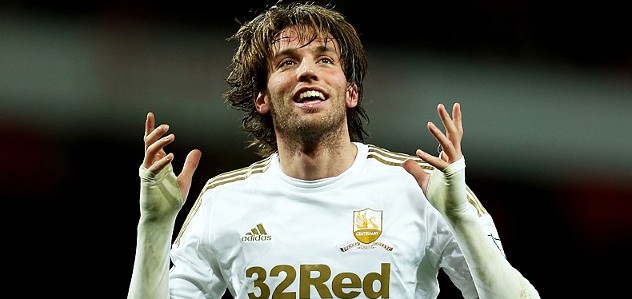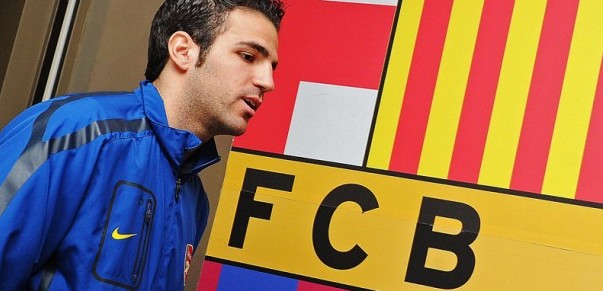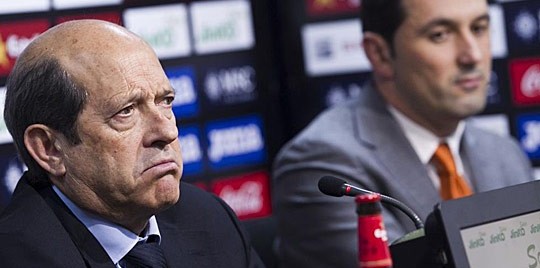Real Madrid’s youth academy seldom receives the plaudits or attention it deserves.
Due to Madrid’s desperate search for the La Liga title, the emphasis on youth being blended into the first team has diminished, but it has not prevented members of Real Madrid moving on to big things at other Primera Division clubs.
Madrid’s coveted Castilla team has been home to top European and Spanish talent over the years.
Names such as Luis Garcia, Juan Mata, Borja Valero, Alvaro Negredo, Roberto Soldado, Dani Parejo, and Javi Garcia have all been students at the Alfredo di Stefano Stadium.
These players despite successful seasons for Castilla moved on for a higher standard of football within Europe, something that Madrid could not guarantee them given their rapid progress and thirst for competitive football at the highest level.
Soldado boasted a ratio of a goal every two games for Castilla before brief stints at Osasuna and Getafe led him to join Valencia.

Guti came through the ranks at Real Madrid.
Juan Mata, widely regarded as one of Spain’s hottest prospects, spent a valuable season at Castilla before joining Valencia.
Negredo, now one of Sevilla and Spain’s most deadly weapon in attack, spent two seasons at Castilla.
Real’s youth teams have produced world renowned talent such as all -time leading goalscorer Raul, club captain Iker Casillas and gifted playmaker Guti.
In more recent years Madrid’s youth system has helped facilitate emerging victorious at the 2008 European Championships and the 2010 World cup.
But given the most recent success of Spanish Football, where did it start?
It would obviously be naive to say that any period in Real Madrid’s history has been pivotal to national achievements, but developments in their youth policy has led to generations of fantastic home-grown talent which has certainly contributed to the success of the National side.
Historically, Real Madrid Castilla, or Castilla CF as it was known in the early 1980’s was incredibly successful.
Starting in the 1979-1980 season, Castilla CF enjoyed something of a golden age.
During this Castilla CF reached the final of the 1979-80 Copa del Rey and the quarter- finals in 1984, 1986 and 1988.
During their most successful cup run they beat four Primera Division teams including Hercules CF, Athletic Bilbao, Real Sociedad and Sporting de Gijon.
The class of 1984 featured the Quinta del Buitre, the five home-grown players that dominated Spanish football for Real Madrid.
Manolo Sanchis, Michel, Martin Vazquez, Miguel Pardeza and Emilio Butragueno allowed Real Madrid to win five Spanish championships in a row.
Although the nucleus of Real’s recent side has not been as home-grown focused, development continues all the same.
The most recent induction into the famous Real youth academy is Leonel Angel Coira, an Argentinian prodigy known by the name of Leo after his idol, Lionel Messi.
Aged seven, he has aspirations of playing for Real Madrid’s first team in La Liga and for Argentina at a World Cup.
After impressing at a trial, Real saw that the opportunity to keep Leo on a youth development contract was too good to pass up.
What are the implications of this though?
Does the recruitment of a foreign youngster hinder the progress of a local one, or is this a one off acquisition that is an attempt to get one step ahead of rivals.
When comparing Real Madrid to other Primera Division teams, namely Barcelona, in relation to youth development and home-grown players it’s difficult to argue that Barcelona don’t have their noses ahead, but make no mistake about it, Madrid should not be written off.
The eight out of 10 possible titles at youth level in the 2009-2010 season for Real was no fluke, the future is bright at Madrid and their competitors would be foolish to believe anything else.







4 Comments
You must be logged in to post a comment Login